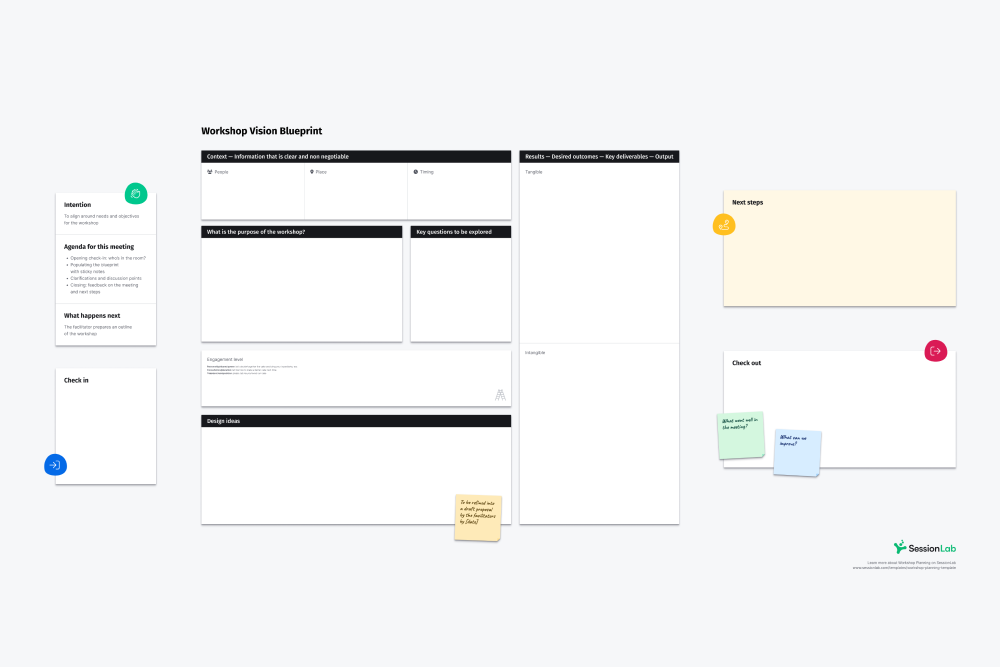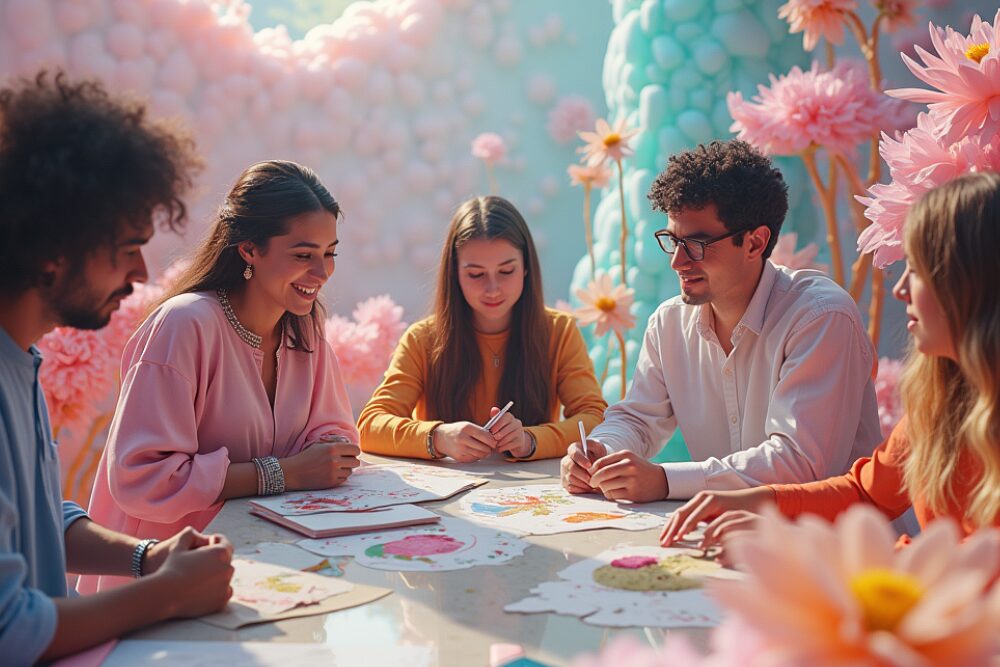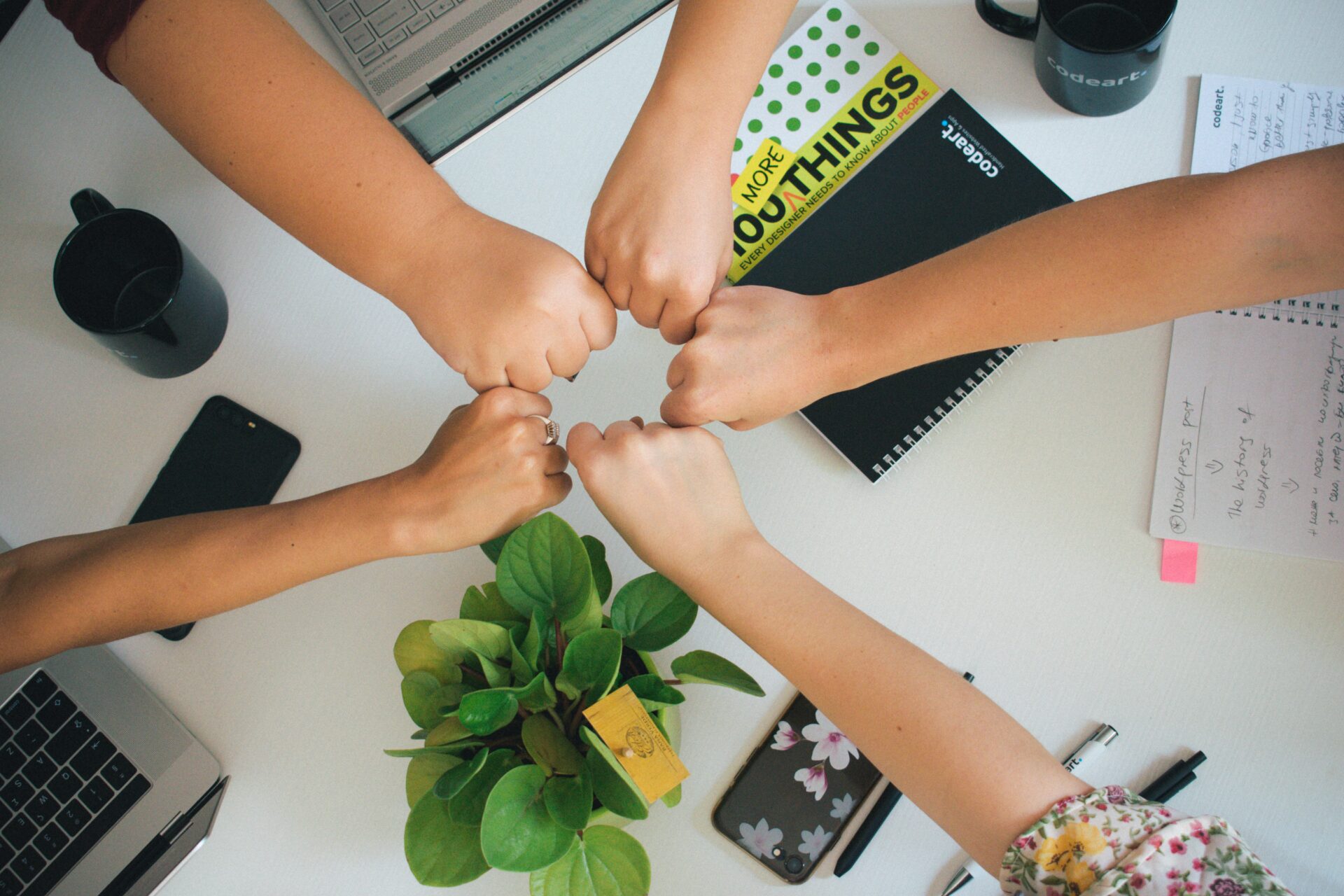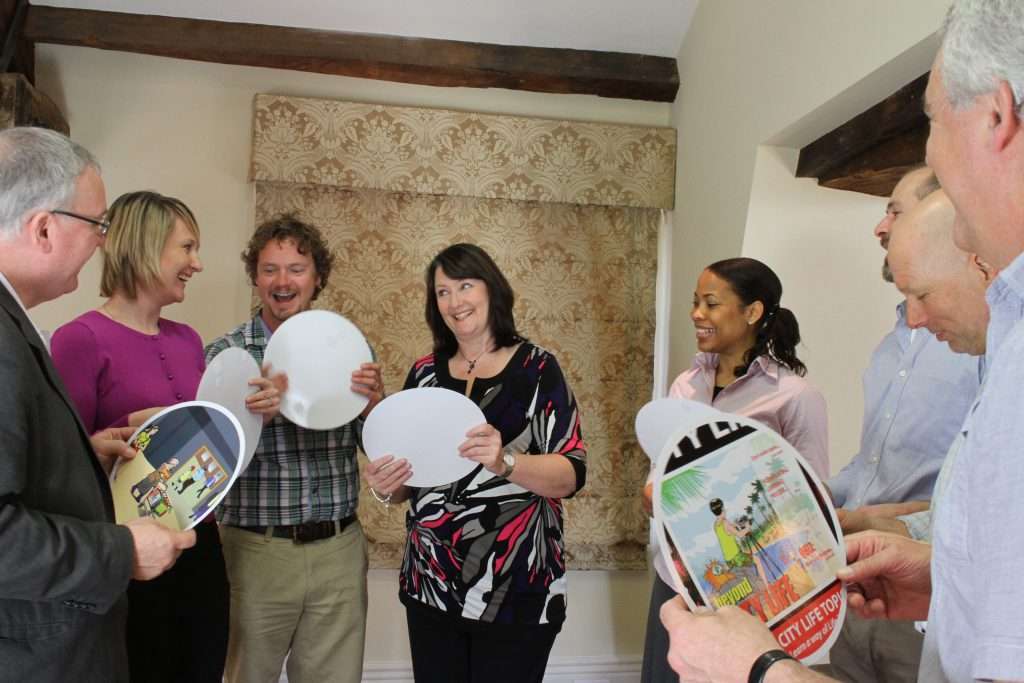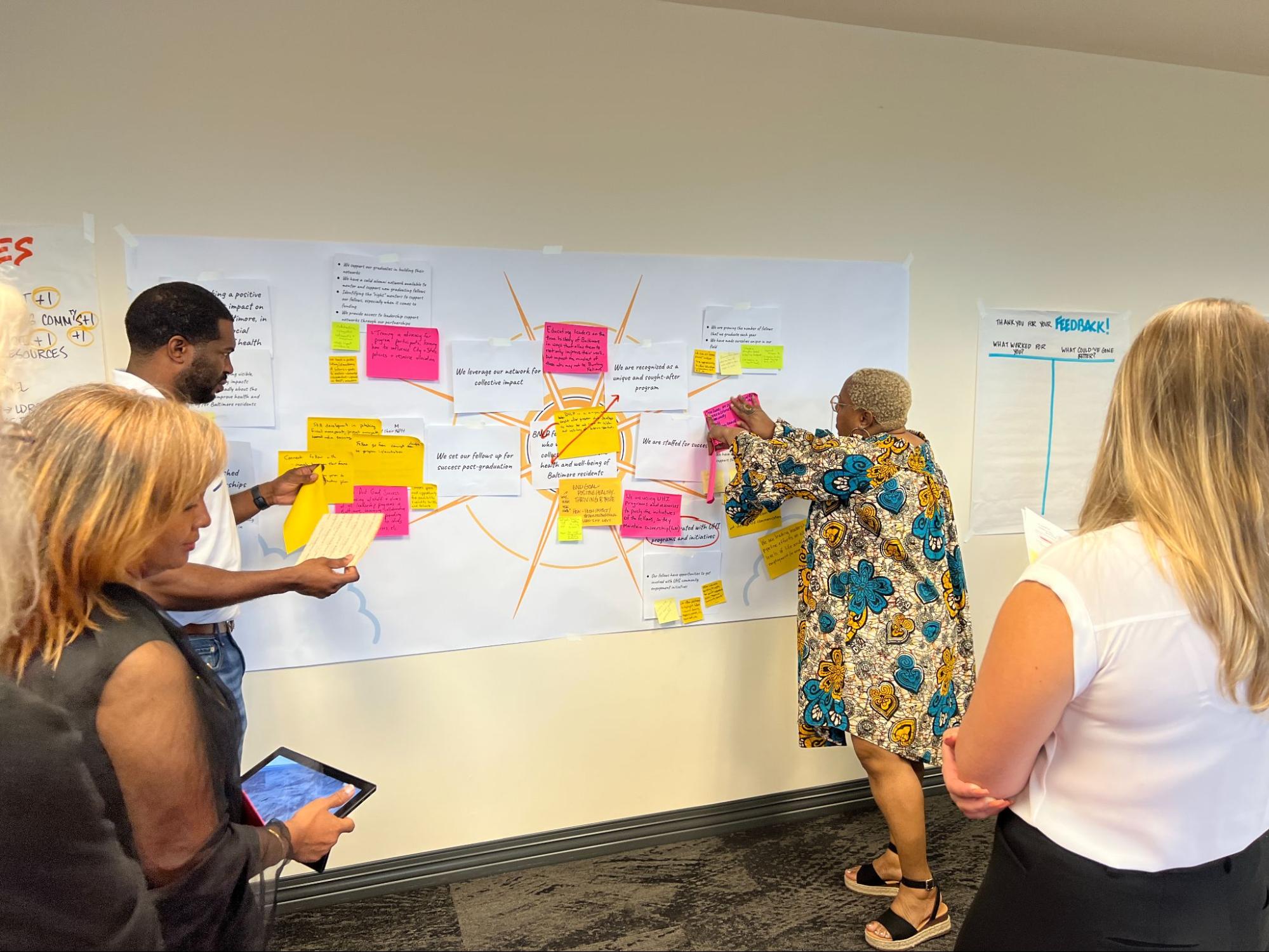Break the Ice with The Four Quadrants Activity
The Four Quadrants is a tried and true team building activity to break the ice with a group or team.
It is EASY to prep for and set up. It can be MODIFIED to work with any group and/or topic (just change the questions). It is FUN, COLORFUL and works every time!
